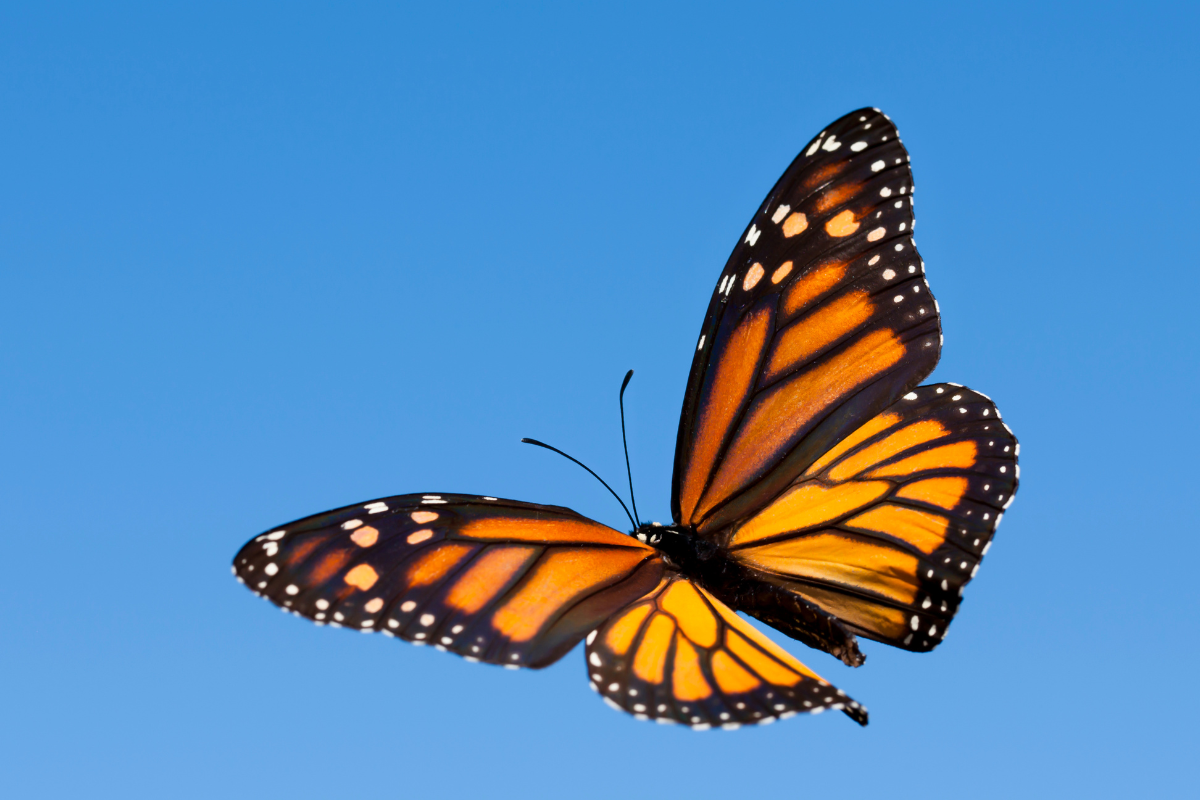While it may be hard for people to imagine that something that shows up in their backyard is headed for extinction, the reality is monarch butterflies are in trouble.
Scientists from the International Union for the Conservation of Nature, the global leading authority on the status of biological diversity, added the migrating monarch butterfly to its “red list” of threatened species and categorized it as “endangered” — two steps from extinct.
The group estimates that the population of monarch butterflies in North America has declined between 22% and 72% over 10 years, depending on the measurement method.
Despite their shocking decline, in 2020, under the Trump Administration, U.S. Fish and Wildlife denied the monarch butterfly Endangered Species Act protections. Hopefully our government agency will now realize monarch butterflies can no longer wait to be protected.
Protection under the ESA was controversial from the beginning because it would have meant farmers would face more regulations on pesticide and land use. It would also require the government to develop and fund a comprehensive, nationwide recovery plan and provide an extra layer of scrutiny for any federal activities—such as border wall construction—that might jeopardize monarch butterflies’ habitat or survival. Recall one section of the wall was slated to cut right through a butterfly sanctuary in Texas, the site of some the U.S.’s highest concentrations of butterflies.
According to media reports, the threat to monarchs comes from a combination of factors. Habitat destruction over decades in migratory monarchs’ wintering grounds has taken a massive toll. The impact is felt by both the western population, which is found west of the Rocky Mountains and winters on the California coast, and the eastern population, which is found in the eastern U.S. and Canada and winters in Mexico’s fir tree forests.
In summer habitats, pesticides used in agriculture, specifically glyphosate, a key ingredient in Roundup, have killed monarchs and milkweed, the plant they lay larvae in. Climate change, too, is an increasing threat as dramatic weather events such as hurricanes and drought become more common along the butterflies’ southern migration routes.
“We are kind of at this critical window where climate change is going to start having a bigger and bigger impact on species,” Anna Walker, who led the monarch butterfly assessment, told National Geographic. So increasing the population numbers now may be critical to setting the butterflies up for success.
You can pitch in to help migratory monarchs immediately by planting native milkweed, which monarch caterpillars need to survive and thrive. And never use toxic pesticides and herbicides in yards and gardens.
What is so captivating about monarchs is that in North America, millions of monarch butterflies undertake the longest migration of any insect species known to science. After wintering in the mountains of central Mexico, the butterflies migrate to the north, breeding multiple generations along the way for thousands of miles. The offspring that reach southern Canada then begin the trip back to Mexico at the end of summer.
A smaller group spends winters in coastal California, then disperses in spring and summer across several states west of the Rocky Mountains. This population has seen an even more precipitous decline than the eastern monarchs, although there was a small bounce back last winter.

